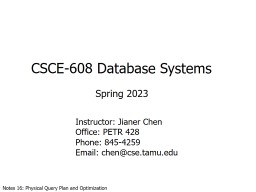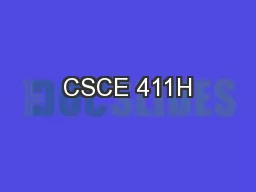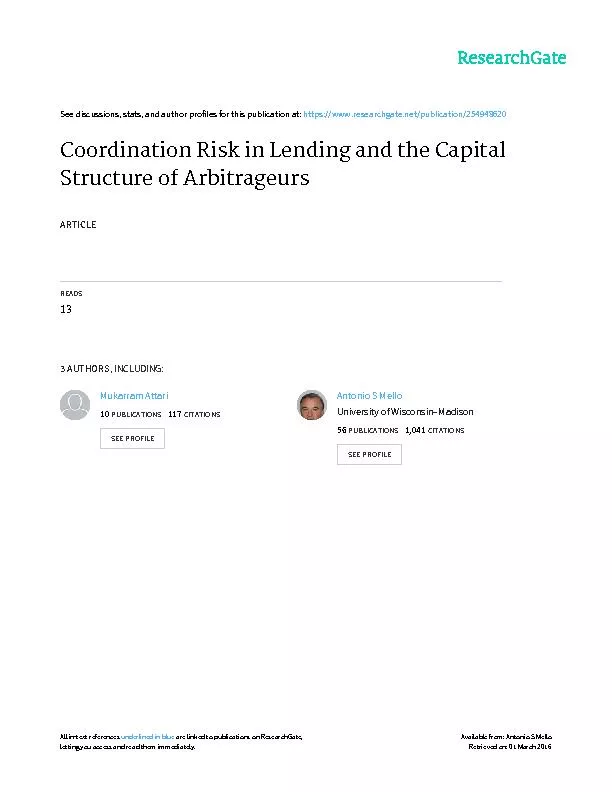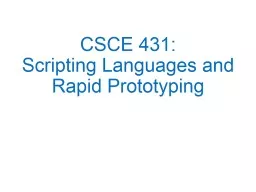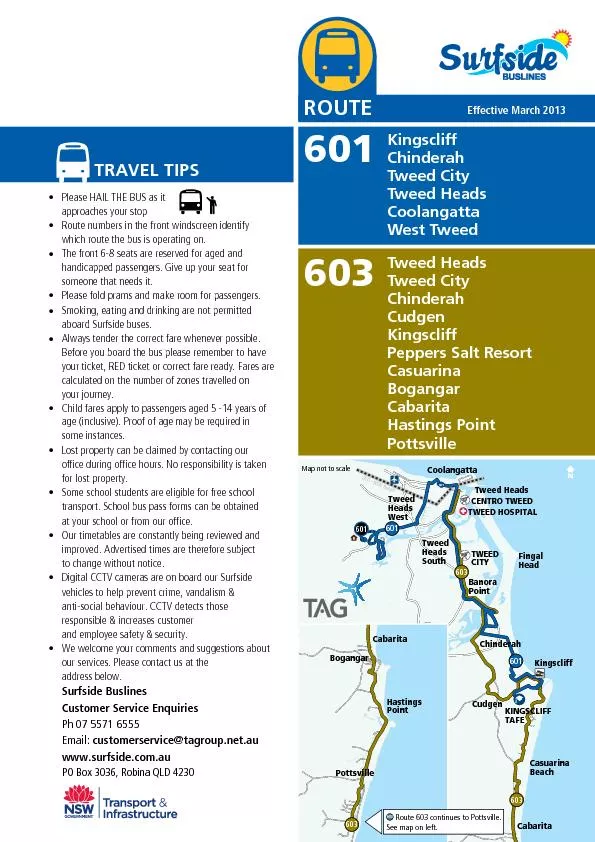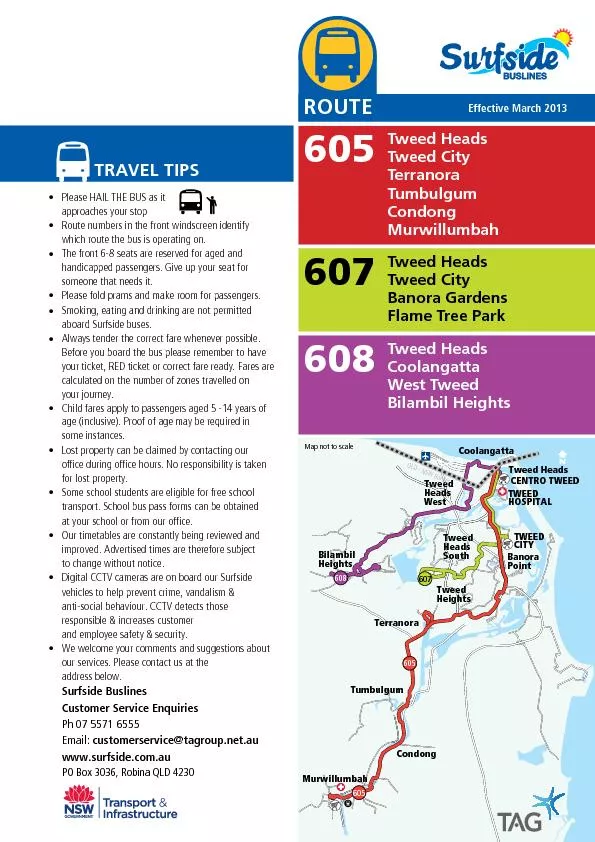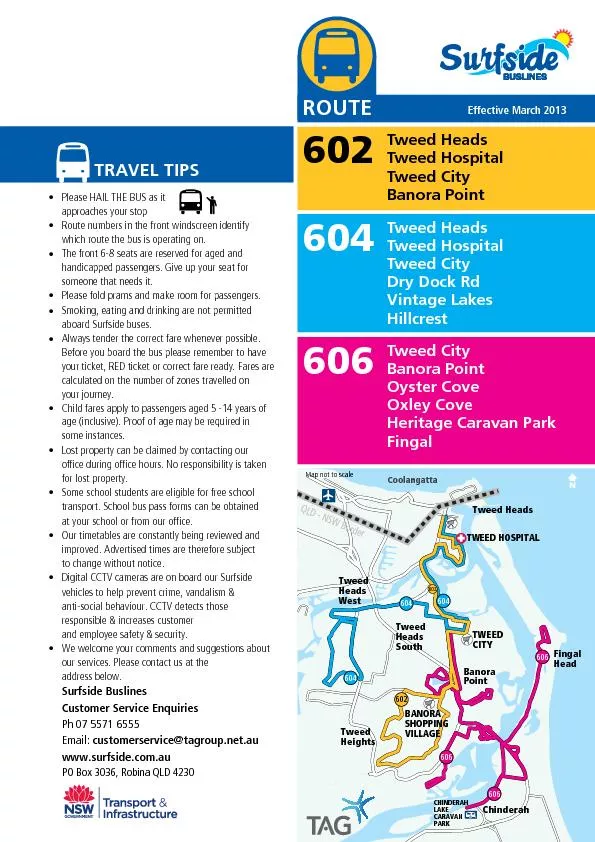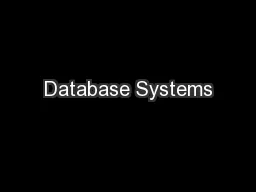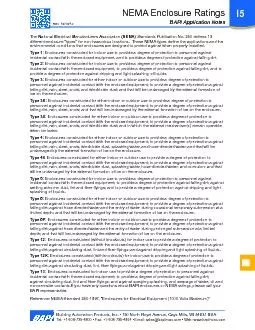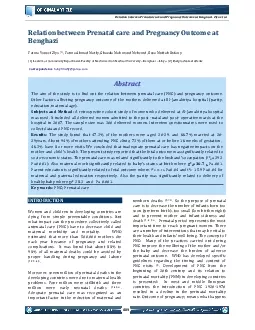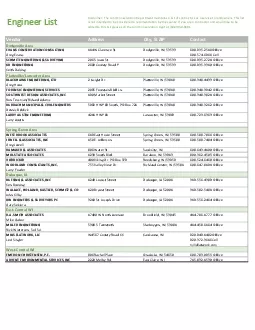PPT-CSCE-608 Database Systems
Author : fauna | Published Date : 2023-11-04
Spring 2023 Instructor Jianer Chen Office PETR 428 Phone 8454259 Email chencsetamuedu Notes 16 Physical Query Plan and Optimization What Does DBMS Do Prepare a
Presentation Embed Code
Download Presentation
Download Presentation The PPT/PDF document "CSCE-608 Database Systems" is the property of its rightful owner. Permission is granted to download and print the materials on this website for personal, non-commercial use only, and to display it on your personal computer provided you do not modify the materials and that you retain all copyright notices contained in the materials. By downloading content from our website, you accept the terms of this agreement.
CSCE-608 Database Systems: Transcript
Download Rules Of Document
"CSCE-608 Database Systems"The content belongs to its owner. You may download and print it for personal use, without modification, and keep all copyright notices. By downloading, you agree to these terms.
Related Documents

